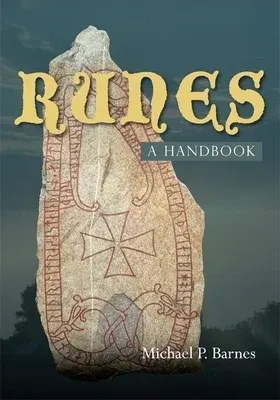Runes, often considered magical symbols of mystery and power, are in
fact an alphabetic form of writing. Derived from one or more
Mediterranean prototypes, they were used by Germanic peoples to write
different kinds of Germanic language, principally Anglo-Saxon and the
various Scandinavian idioms, and were carved into stone, wood, bone,
metal, and other hard surfaces; types of inscription range from
memorials to the dead, through Christian prayers and everyday messages
to crude graffiti. First reliably attested in the second century AD,
runes were in due course supplanted by the roman alphabet, though in
Anglo-Saxon England they continued in use until the early eleventh
century, in Scandinavia until the fifteenth (and later still in one or
two outlying areas). This book provides an accessible, general account
of runes and runic writing from their inception to their final demise.
It also covers modern uses of runes, and deals with such topics as
encoded texts, rune names, how runic inscriptions were made, runological
method, and the history of runic research. A final chapter explains
where those keen to see runic inscriptions can most easily find them.
Professor Michael P. Barnes is Emeritus Professor of Scandinavian
Studies, University College London.

